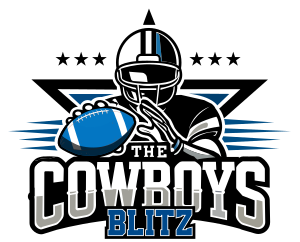percyhoward
Research Tool
- Messages
- 17,062
- Reaction score
- 21,861
Think about why this makes no sense. With or without contact, players lose and regain their balance all the time, even sometimes multiple times on the same play. The idea that a player can't make a football move while falling is how you justify the overturn. Your entire case for no catch rests on this, and yet you can't find one example of a catch that was overturned because the football move occurred while the player was falling.If there is no contact, it is not hard to tell when one has lost their balance.
If a player gets control with two feet down, loses his balance, then
1) laterals to a teammate, who drops
it, that is NOT an incomplete pass.
2) reaches for the line of gain, then loses the ball, that is NOT an incomplete pass.
3) takes another step, then loses the ball, that is NOT an incomplete pass.
Losing one's balance cannot negate the catch process, because losing one's balance is not the same as going to the ground. It's like the relationship between a square and a rectangle. All squares are rectangles, but not all rectangles are squares. All players who ever went to the ground lost their balance, but not all players who ever lost their balance went to the ground.

